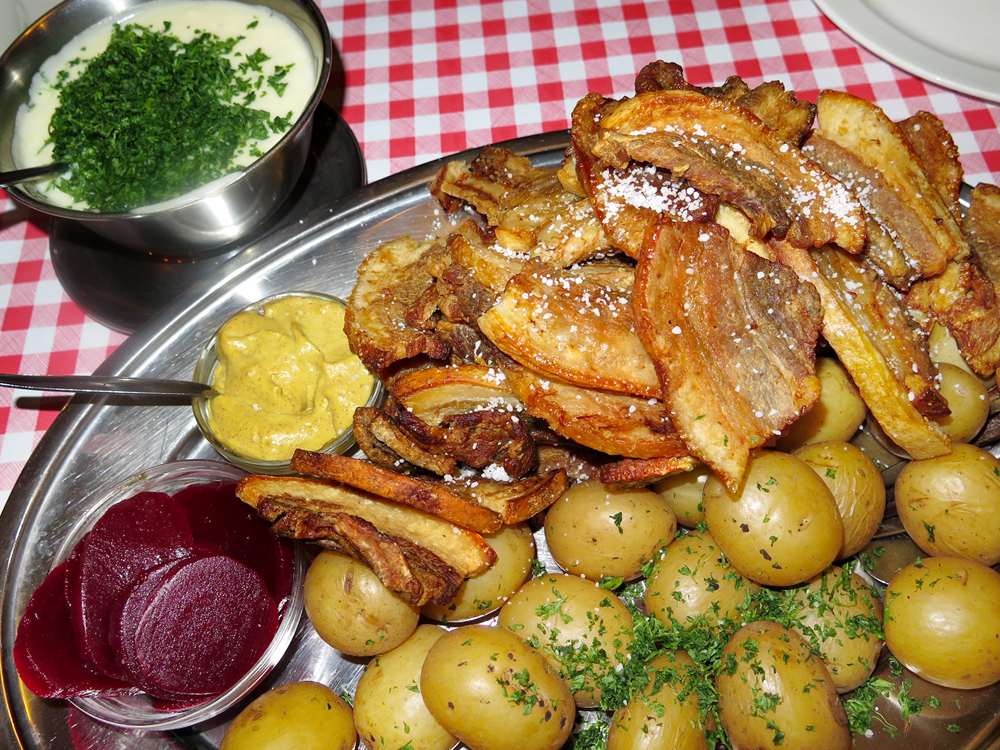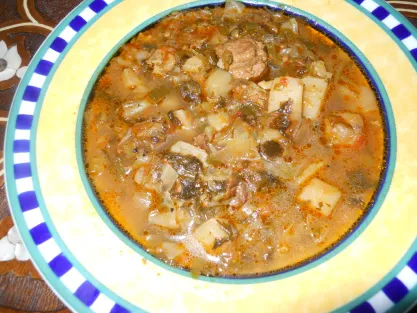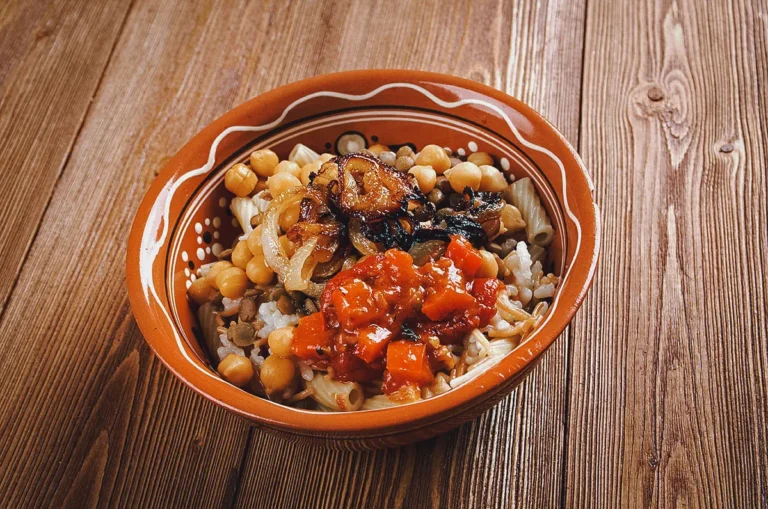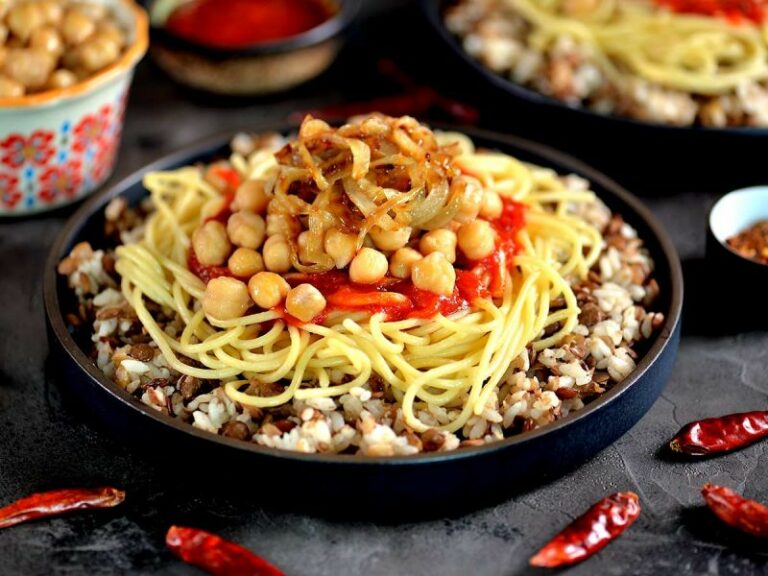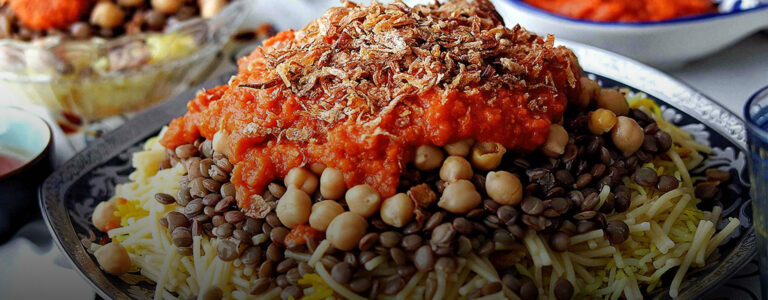Introduction: Danish street food culture
Denmark might not be the first country you think of when it comes to street food, but the Danes have a rich and delicious street food culture. In recent years, the Copenhagen street food scene has exploded with new, exciting food trucks and stands popping up all over the city. From classic open-faced sandwiches to sweet spherical pancakes, there is something for everyone to try.
Smørrebrød: the classic open-faced sandwich
Smørrebrød is a classic Danish open-faced sandwich that is a must-try. The sandwich consists of a slice of rye bread topped with a variety of toppings, such as smoked salmon, pickled herring, roast beef, or cheese. The toppings are usually garnished with fresh herbs, cucumbers, and other vegetables. Smørrebrød is a great option for a light lunch or snack while exploring the city.
Frikadeller: meatballs with a twist
Frikadeller are a classic Danish dish that resembles meatballs, but with a twist. The meatballs are made with a mixture of ground pork and beef, and are seasoned with onion, parsley, and allspice. They are usually served with boiled potatoes and gravy, and are a popular dish for lunch or dinner. Frikadeller can be found at many street food stalls and food trucks in Denmark.
Æbleskiver: sweet spherical pancakes
Æbleskiver are a traditional Danish dessert that are a must-try for anyone with a sweet tooth. They are small spherical pancakes that are usually filled with jam or apple sauce. The pancakes are served with a dusting of powdered sugar and are a popular treat during the Christmas season. You can find Æbleskiver at Christmas markets and food trucks throughout Denmark.
Flæskestegssandwich: roast pork sandwich
Flæskestegssandwich is a classic Danish sandwich that consists of slices of roast pork, pickles, and red cabbage on a roll. The sandwich is often served with a side of crispy crackling and is a popular option for lunch. You can find Flæskestegssandwich at many street food stalls and food trucks throughout Denmark.
Pølsevogn: Danish hot dog stand
Pølsevogn is a Danish hot dog stand that can be found on almost every street corner in Denmark. The hot dogs are usually made with a mix of beef and pork, and are served in a soft bun with a variety of toppings, such as ketchup, mustard, fried onions, and remoulade. Pølsevogn is a quick and easy snack that is perfect for a busy day of sightseeing.
Gule Ærter: traditional pea stew
Gule Ærter is a traditional Danish pea stew that is usually served with boiled pork, sausage, and potatoes. The stew is made with yellow peas, onions, and carrots, and is flavored with bay leaves and thyme. Gule Ærter is a hearty and filling dish that is perfect for a cold winter day.
Final thoughts: sample the best of Denmark
Denmark has a rich and diverse street food culture that is definitely worth exploring. Whether you’re in the mood for a classic smørrebrød or a sweet Æbleskiver, there is something for everyone to try. So, the next time you find yourself in Denmark, be sure to sample some of the country’s best street foods and experience the unique flavors of Danish cuisine.



